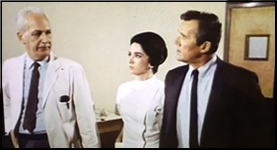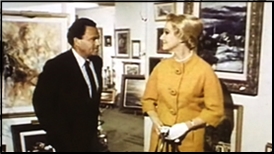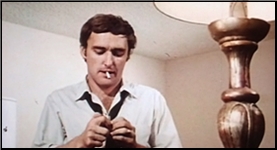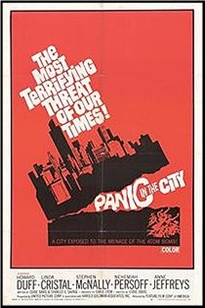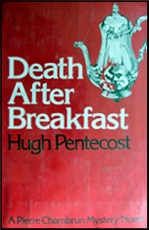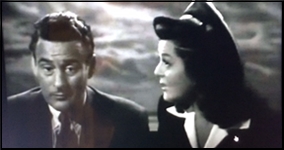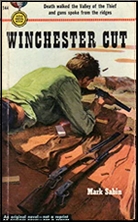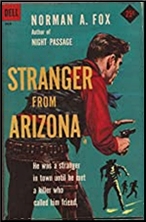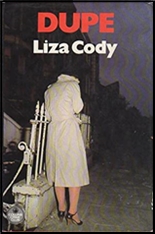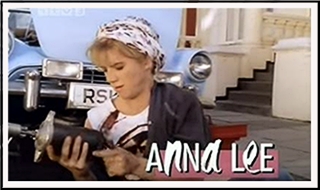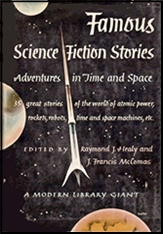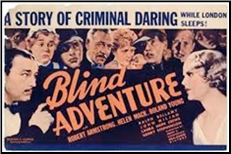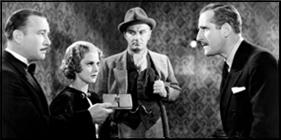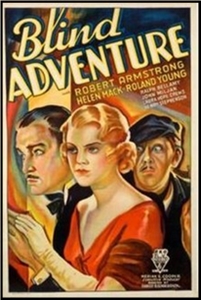Tue 15 Dec 2020
Diary Review: ACE DOUBLE G-632: Mack Reynolds [+] A. Bertram Chandler.
Posted by Steve under Diary Reviews , Science Fiction & Fantasy[5] Comments
(1) MACK REYNOLDS – The Rival Rigelians. #3 in his “United Planets” series. Paperback original, 1967. A shorter novella version entitled “Adaptation†appeared in Analog SF, August 1960. Published separately by Wildside Press, trade paperback, July 2020.
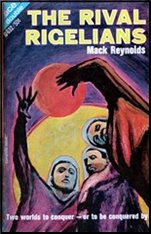
A political lecture in fictionalized form. A team of eighteen is sent to Rigel’s two planets having been given fifty years to bring the abandoned colonies here back to civilization and eventual union with the Galactic Commonwealth. They split into two forces to settle their argument over the optimal plan of action, capitalism or communism.
This might be a valid premise for a story, except (page 25) Earth has had world government for some time, implying that some political wisdom must have been gained since the present time. The local leaders even realize this and unite to force their unwanted visitors to depart in favor of proper ambassadors.
“Power corrupts, and absolute power corrupts absolutely,†and Reynolds pulls every trick in the book to make this obvious. He needn’t have tried so hard. The faults of current political systems are obvious enough, without the lecture.
Rating: 2½ stars
Comment: From the online Science Fiction Encyclopedia: “The United Planets Organization [worked] in the cause of socioeconomic progress in the often-eccentric Ultima Thule colony worlds of a Galactic Empire.”
(2) A. BERTRAM CHANDLER – Nebula Alert. Empress Irene #3. Paperback original, 1967.
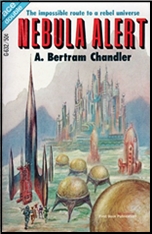
Ex-empress Irene and the crew of her ship Wanderer enter the Alternate Universe of the Rim Confederacy after being pursued through the Horsehead Nebula. Their cargo consists of two dozen (somehow later twenty-six) Iralian embassy personnel. But the Iralians are capable of transmitting knowledge by heredity and hence are extremely desirable as slaves.
Thus begins a tale of chase and fast action, but the plot becomes more and more tangled up in itself and fails to be resolved by an ending which comes from nowhere. Possibly OK if read as an adventure story only, but what a waste of undeveloped ideas!
Rating: 2 stars
Comment: Once Irene and her crew pass through the Horsehead Nebula they meet Chandler’s major series character, John Grimes. This is the last Irene story. It was preceded by Empress of Outer Space (1965) and Space Mercenaries (1965).
